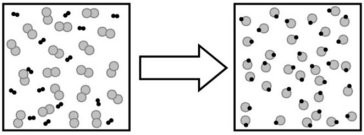Explain how light and sound waves behave in seawater. What kind of effects do they have on inhabitants of the ocean?
· Light waves have a profound effect on the ocean. When light waves reach water molecules, they respond by vibrating. The light's electromagnetic energy is then converted to heat energy.
· Light energy converted in the surface zone is essential for photosynthetic organisms¾the basis for marine for webs. Shorter wavelengths such as the red visible light are absorbed first in the ocean while longer wavelengths are able to penetrate deeper depths. The absorption of different wavelengths at different depths has an effect on the appearance of organisms.
· Sound waves move by rapid pressure changes. Sound decreases in speed as it travels through seawater due to scattering, spreading, and absorption. Sound is able to be converted to heat energy as well, but in much smaller increments than light waves. Overall, sound waves travel much farther light.
· Some animals use sound to "see" in the ocean. It is more reliable than light energy because it can be used at deep depths. Also, there is layer in the ocean in which sound is very efficient due to refraction that occurs. This is called the sofar layer or minimum-velocity layer. Animals that use sound as a means of communication would be able to maximize the distance of their calls with this layer.
You might also like to view...
The following image describes what type of change?
A. a physical change B. a chemical change C. no change D. an elemental change E. a change in state
Permanently frozen subsoil characterizes
A. chaparral. B. tundra. C. coniferous forests. D. temperate grasslands.
What is the average sea level pressure in the United States?
A) 29.92 mb B) 1013.25 mb C) 766.00 mb D) 1000.13 mb
Which of the following substances is not a mineral: gold, water, ice? Why?
What will be an ideal response?